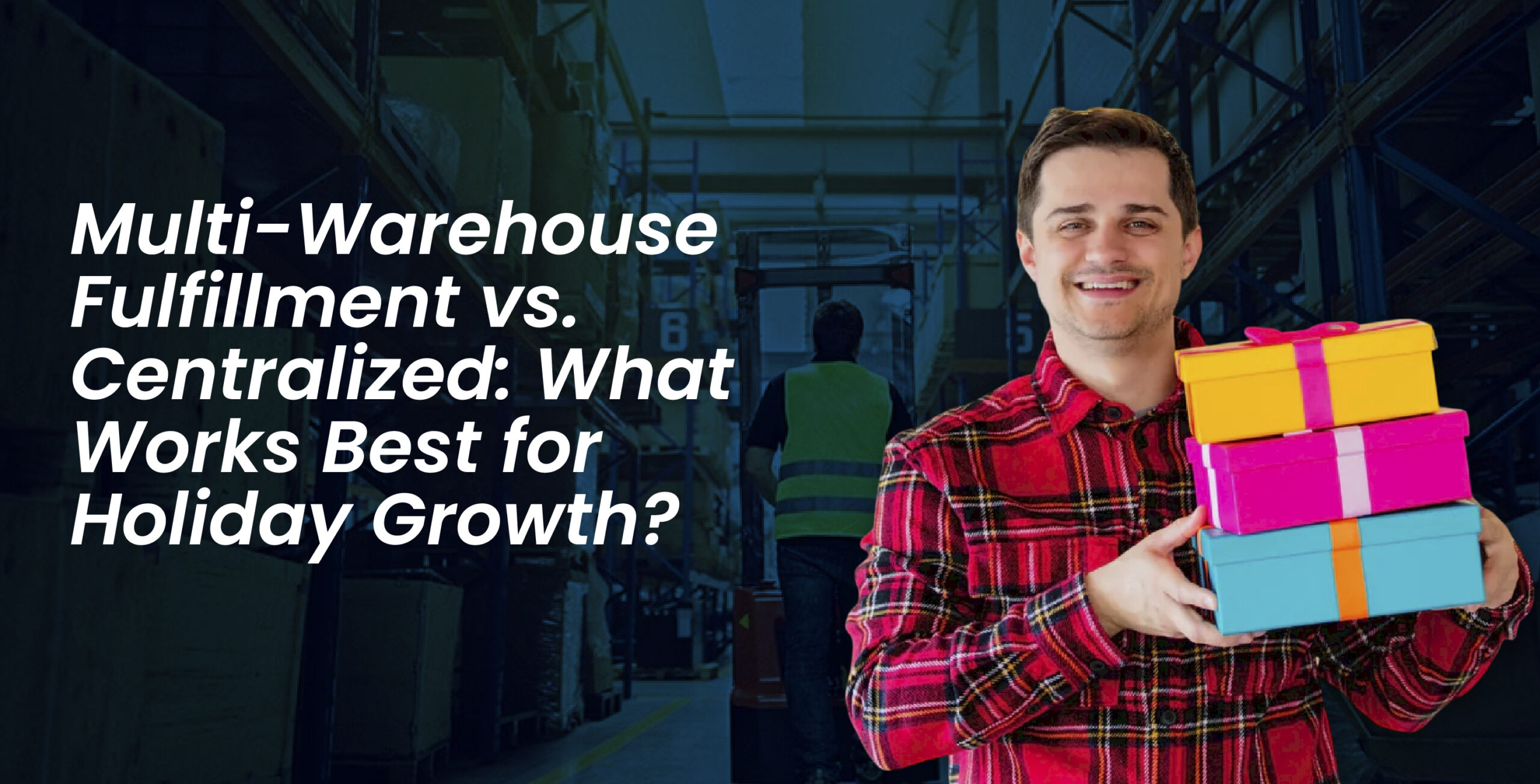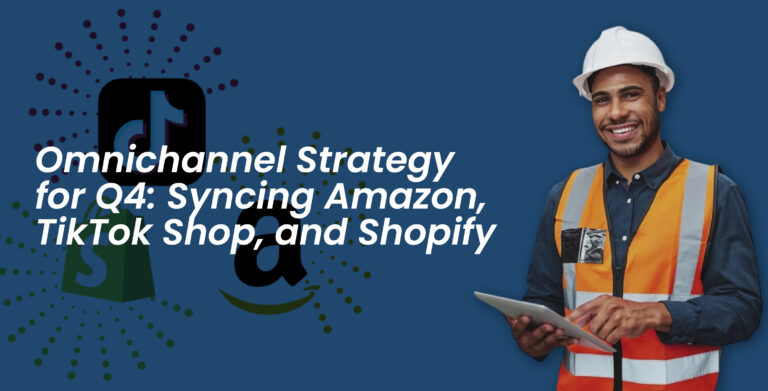Multi-Warehouse Fulfillment vs. Centralized: What Works Best for Holiday Growth? 🎄📦
Table of Contents
Introduction: The Holiday Fulfillment Dilemma
What is Centralized Fulfillment?
Pros of Centralized Fulfillment
Cons of Centralized Fulfillment
What is Multi-Warehouse Fulfillment?
Pros of Multi-Warehouse Fulfillment
Cons of Multi-Warehouse Fulfillment
Why a 3PL in Miami is a Game-Changer for the East Coast
Speed & Geographic Advantage
Technology & AI Forecasting
Scalability During Q4
Comparative Checklist: Multi-Warehouse vs. Centralized
Case Studies: Real Brands Scaling with the Right Model
How to Decide: Multi-Warehouse or Centralized for Your Brand?
FAQs: Holiday Fulfillment & 3PL in Miami
Conclusion
Introduction: The Holiday Fulfillment Dilemma
As Q4 approaches, eCommerce brands face a familiar challenge: should they centralize inventory or distribute it across multiple warehouses? The decision can make or break customer satisfaction, shipping speed, and bottom-line profits.
The choice between multi-warehouse fulfillment and centralized fulfillment is not one-size-fits-all. Yet, in today’s market where speed, cost, and reliability matter most brands increasingly look to a 3pl in Miami to bridge the gap.

What is Centralized Fulfillment?
Centralized fulfillment means housing all inventory in one main warehouse, usually in a strategic location.
Pros of Centralized Fulfillment
Lower overhead and facility costs.
Simplified management and inventory control.
Easier to negotiate carrier partnerships.
Cons of Centralized Fulfillment
Longer shipping times for customers far from the facility.
Higher shipping costs due to multiple zones.
Greater risk if the warehouse experiences disruption.
What is Multi-Warehouse Fulfillment?
Multi-warehouse fulfillment means distributing inventory across multiple facilities, usually closer to end customers.
Pros of Multi-Warehouse Fulfillment
Faster delivery times (1–2 day shipping possible).
Lower shipping costs per order.
Reduced risk of single-location disruption.
Cons of Multi-Warehouse Fulfillment
Higher overhead and storage costs.
More complex inventory management.
Requires advanced technology integration.

Why a 3PL in Miami is a Game-Changer for the East Coast
Miami is not just a gateway to Latin America it’s a strategic East Coast hub for eCommerce growth.
Speed & Geographic Advantage
From Miami, brands can reach 80% of U.S. customers within 2–3 days, especially critical during holidays.
Technology & AI Forecasting
A 3pl in Miami integrates AI forecasting tools to prevent stockouts and optimize shipping routes.
Scalability During Q4
Miami-based 3PLs are built for seasonal peaks, offering temporary labor, extended cut-offs, and guaranteed same-day shipping.
Comparative Checklist: Multi-Warehouse vs. Centralized

Case Studies: Real Brands Scaling with the Right Model
Ladybug Potions Grew Sales 200x with Help from iLogisticsUSA [Case Study]
How to Decide: Multi-Warehouse or Centralized for Your Brand?
Ask yourself:
Are most of your customers concentrated in one region? → Centralized works.
Do you sell nationally with high Q4 surges? → Multi-warehouse gives better coverage.
Do you need cost efficiency vs speed? The answer depends on your margins.
Pro Tip: Start with a 3pl in Miami as a central hub, then expand into a multi-warehouse model as your volume grows.

FAQs: Holiday Fulfillment & 3PL in Miami
Q1: Which model is best for startups?
Centralized is cheaper and easier to manage at the beginning.
Q2: Can a 3pl in Miami support multi-warehouse expansion?
Yes—Miami 3PLs often integrate with networks across the East Coast.
Q3: What if I only sell on Shopify?
Centralized in Miami is effective, but prepare to add another warehouse as you scale.
Q4: How do I ensure holiday delivery guarantees?
Choose a 3PL with AI forecasting, late cut-offs, and East Coast hubs.
Conclusion
The choice between multi-warehouse fulfillment and centralized fulfillment depends on your growth stage, customer base, and holiday sales volume.
With a 3pl in Miami, you can start centralized but scale into multi-warehouse seamlessly balancing speed, cost, and customer satisfaction.





